Glass is a fantastic material to use in your buildings, as it looks great, provides natural light, and makes spaces feel more open. Thankfully, there’s a wide variety of glass to choose from when constructing buildings or replacing windows and doors. With such a wide variety, how are you supposed to choose which is best for your building? This guide will give you a run-down of the most common types of glass available and which ones are most suitable for different types of buildings.
The Different Types of Glass
While this is by no means an exhaustive list of all the different types of glass in the world, these are some of the most common options available. When building, the glass types here are the ones you’ll likely be choosing from.
Float Glass
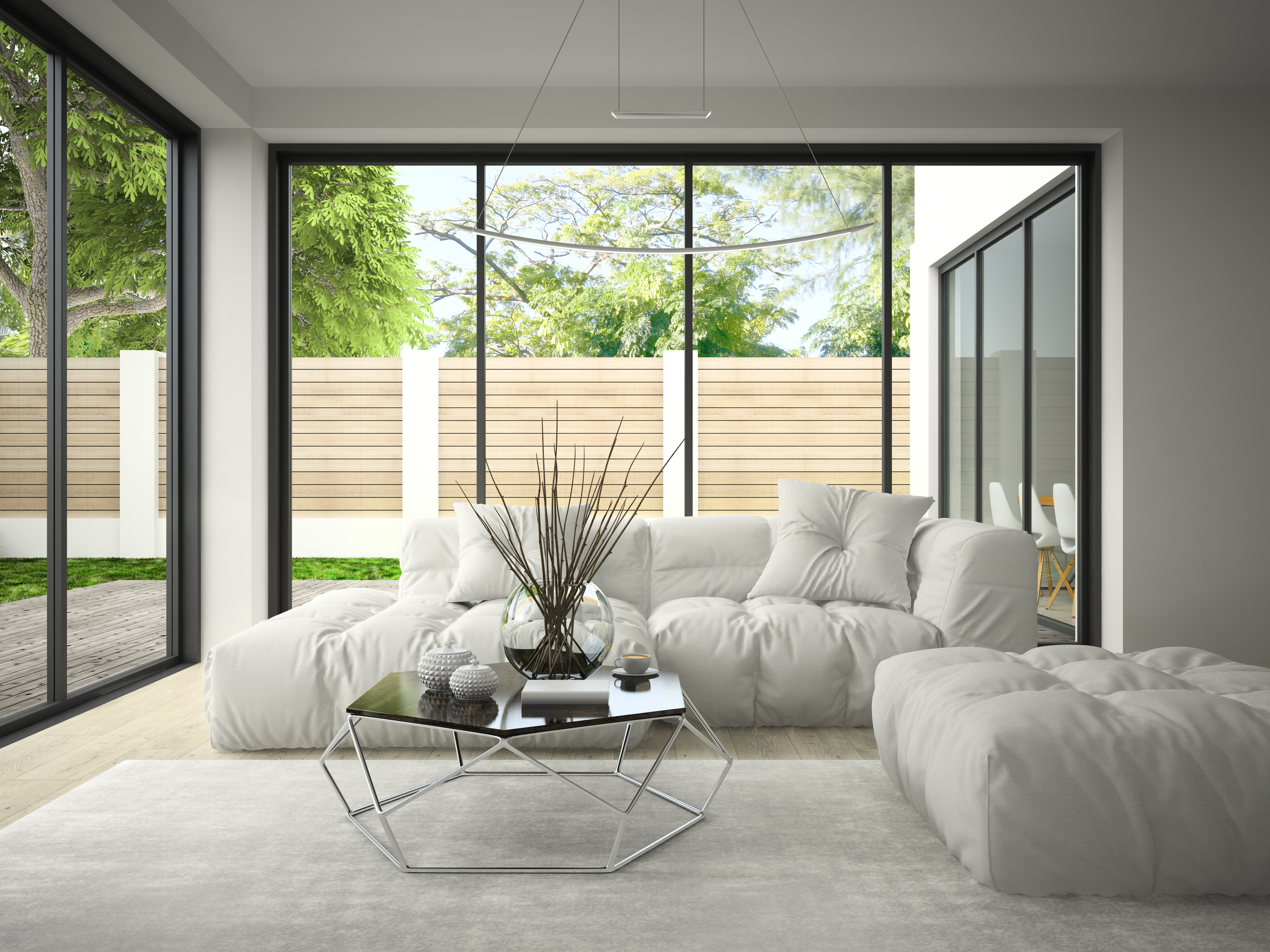
Photo by Marko Klaric on Vecteezy
Float glass, also known as annealed glass, is created by melting and combining the materials used to create glass, then allowing that mixture to cool in a flat layer. Here are some of the different types of float glass available:
- Clear: This is the most common glass that you would find in the windows and doors of homes all over the States. This is also what’s generally used as the base for further processing to create various types of glass.
- Extra Clear: This glass is extremely similar to normal clear glass, except that it’s without impurities such as iron. The lack of impurities creates a more clear look. This is normally used as display glass for that reason.
- Tinted: Tinted glass is float glass that has had colorants added to the materials that are melted and combined. The added colorants tint the glass and give it solar-radiation absorbent properties, making this glass energy-saving and heat-reducing.
- Wired: This is float glass with a wire mesh inside, making it more durable than the rest of the glass in this section. This is generally used as a low-cost fire-resistant glass.
Decorative Glass
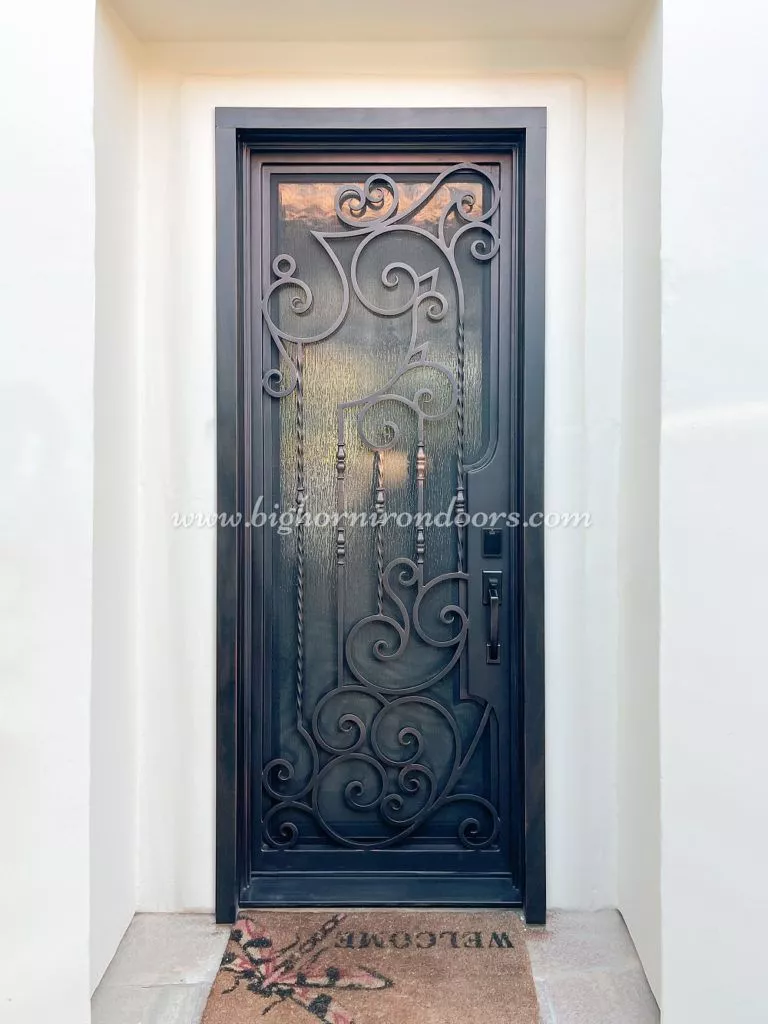
Decorative glass has been processed for aesthetic purposes and is generally meant to be used in ornamental situations. However, depending on the type of decorative glass, it can also provide a level of privacy and energy-saving that normal float glass wouldn’t provide.
- Patterned or Textured: This is a translucent glass with either textures or patterns on the face of the glass. These textures and patterns reduce the sunlight that passes through and add a bit of privacy.
- Frosted: Rather than the transparency provided by clear float glass, frosted glass has a translucent surface. Designs are etched onto the glass, making frosted glass a great choice for decorative privacy.
- Lacquered: Also known as back painted glass (BPG), this glass is clear float glass with the backside of it coated in high-quality paint. It is commonly found as a backsplash or decorative wall/counter piece.
- Reflective: Reflective glass, which is also called mirror glass, is just clear glass with a coating of metal oxide applied to one side of it. This makes that one side reflective while still clear on the other side.
High-Performance Glass
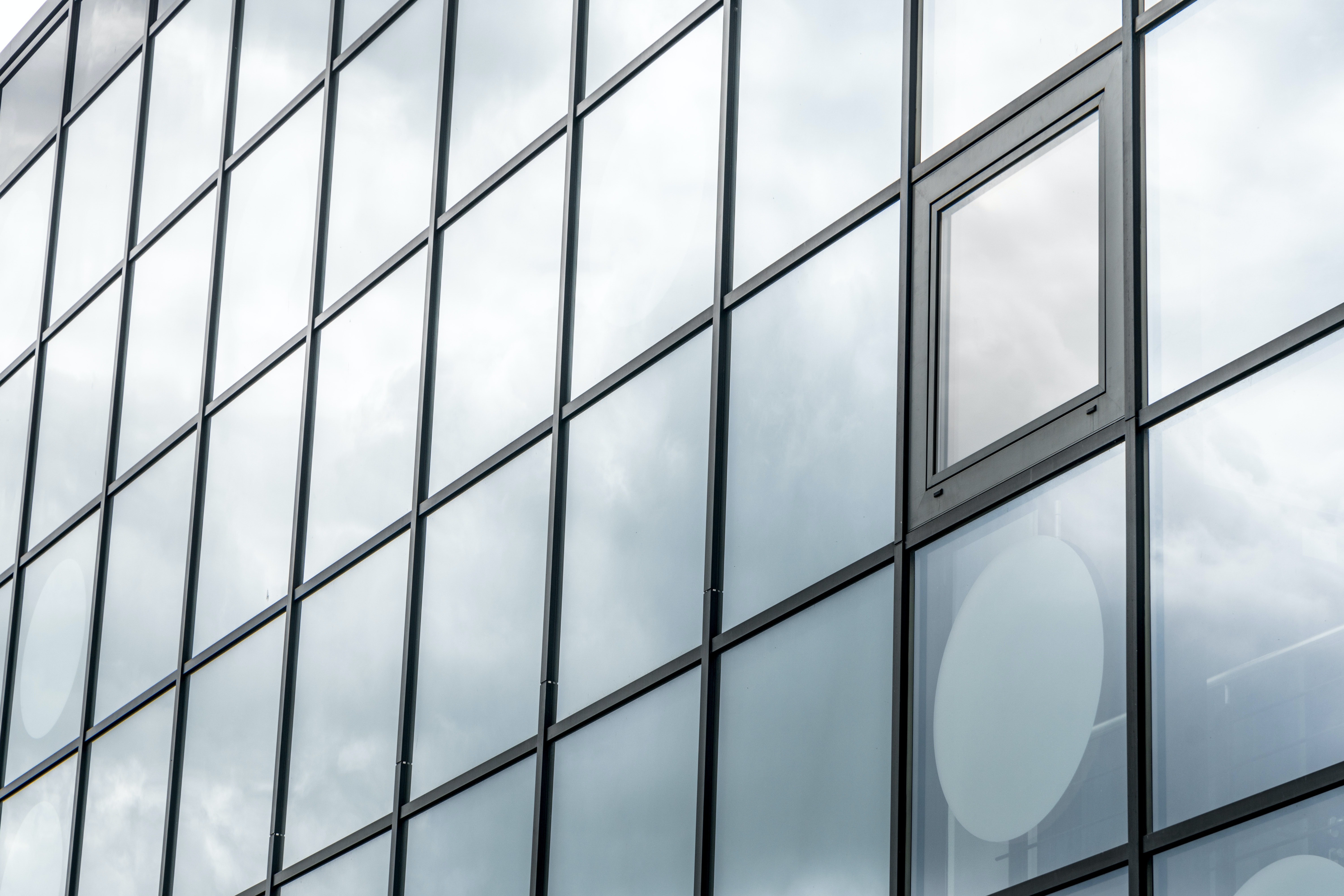
High-performance glass is essentially any glass that provides additional benefits aside from what would normally be expected from glass. This is generally used to refer to glass that offers additional energy-saving features, but it can extend beyond that for other features, such as added safety.
- Solar Control: This glass is coated with a special oxide that reduces the transfer of heat through the glass and helps reduce the glare of light through the glass.
- Low-E: Low-emissivity glass is another energy-efficient glass. It helps with efficiency by only allowing visible light to pass through the glass while preventing any UV or infrared rays from passing through.
- Insulated: Glass is made into insulated glass by having two or more panes separated by cavities of dry air. This separation creates fantastic thermal and sound insulation.
- Impact-Resistant: This glass is commonly referred to as bulletproof glass, and it is extremely resistant to any force damage. This is made possible through a process called lamination, in which sheets of polycarbonate material are layered between sections of glass.
- Tempered: Tempered or strengthened glass is made stronger than normal glass by having the sheet be heated uniformly and then quickly cooled down.
The Best Glass Types for Buildings
With so many different glass options, it may be overwhelming to think of all the possibilities you could choose for your building. However, different glass clearly provides different benefits, and the type of building you’re constructing can help dictate which of these benefits should be your priority.
Residential Buildings
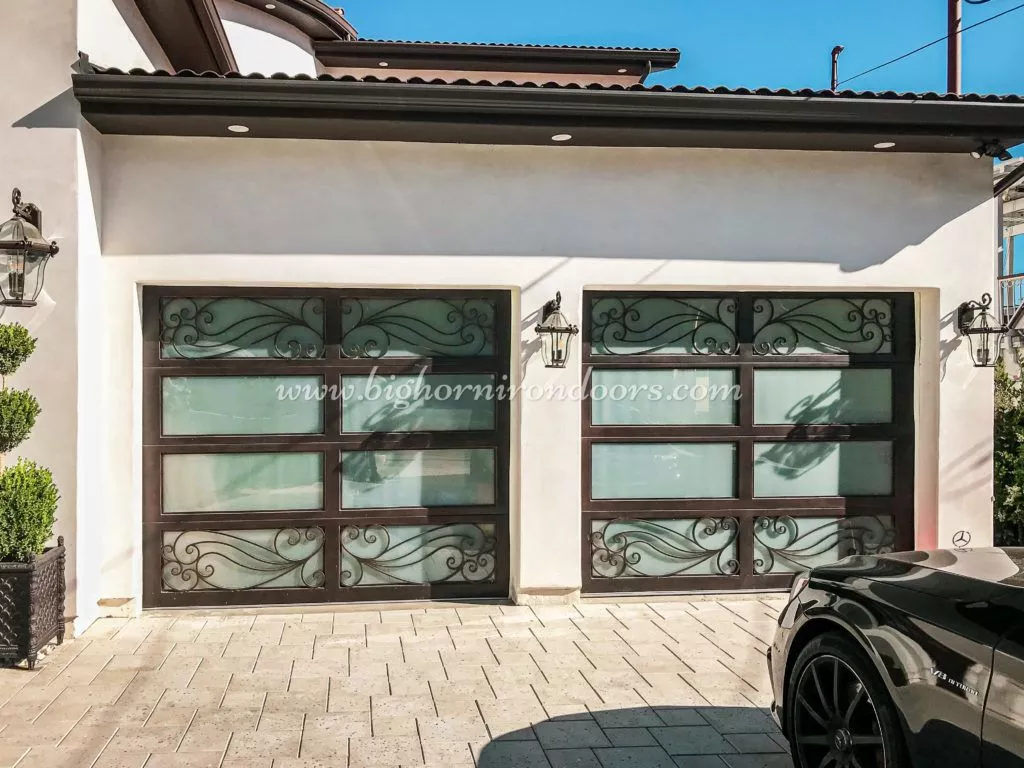
Homes and other residential buildings really have the most amount of flexibility when it comes to the type of glass chosen. As clear float glass is the cheapest option, it is both a common and good choice if you’d rather prioritize your spending elsewhere. However, spending a bit extra on some decorative glass or some energy-efficient glass can improve your home’s value and even save you some money in the future.
Office Buildings
Office buildings generally use a lot of glass in their construction, and that makes a lot of sense. It creates a more open feeling in the office and helps brighten up the space. Reflective glass is a common choice for the exterior walls, as they allow privacy into the office while maximizing window space. Inside, it’s more common to have some sort of decorative glass separating office spaces, which provides a bit more privacy inside the building while still keeping it more open. Insulated glass is also a fantastic option within the building to help reduce noise levels.
Commercial Buildings
Large commercial buildings should focus far more on high-performance glass than the previous buildings. As you want patrons inside to feel comfortable, the energy efficiency of the high-performance glass can really help you save money and the environment over time. You may also want to consider using tempered or even impact-resistant glass for more safety within your building.
Storage Buildings
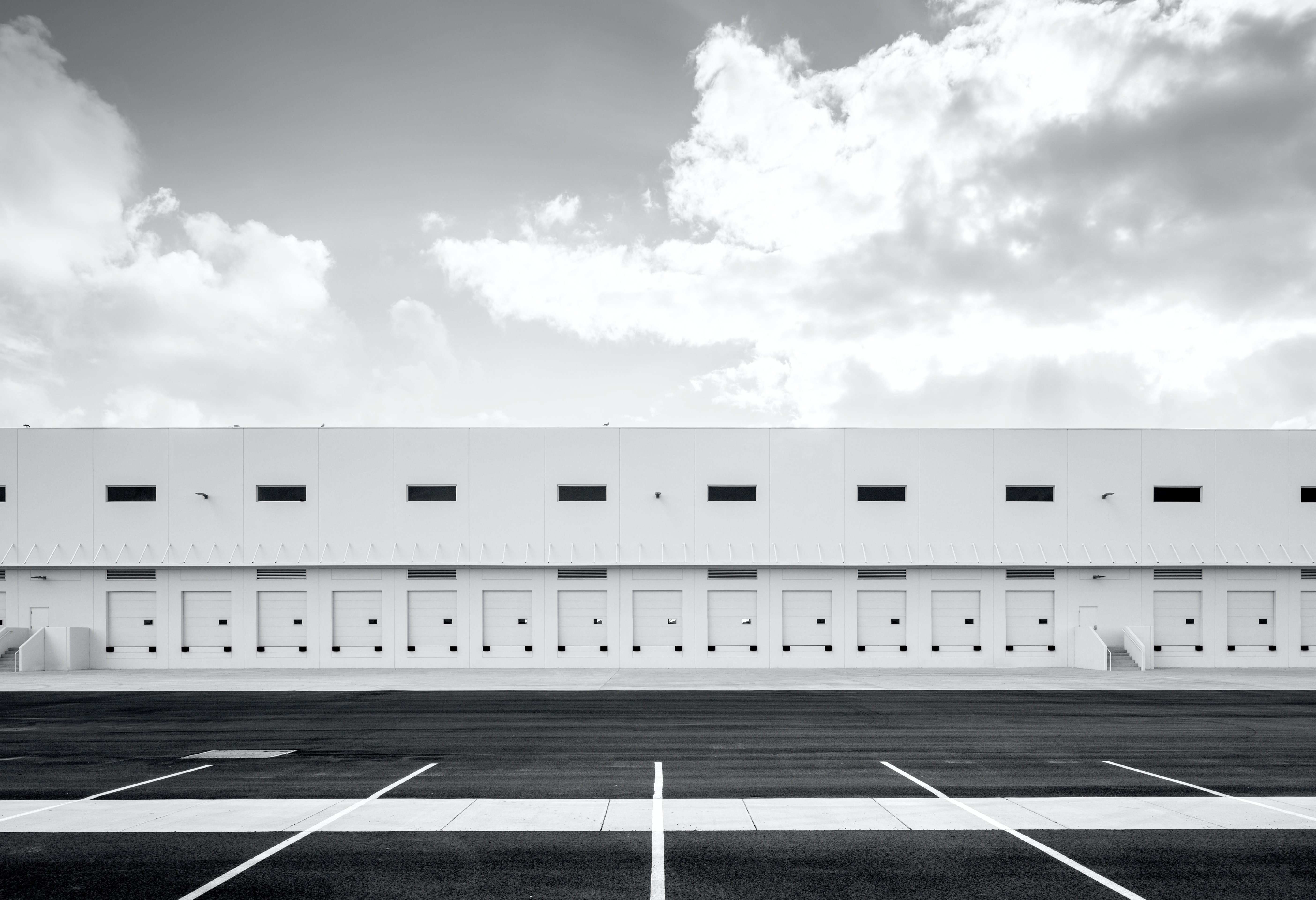
Warehouses and other storage buildings should probably focus more on the use of strong and durable materials for their construction. As their main goal is to shelter and keep their contents safe, it’s essential for any of the glass in the building to be extremely challenging to break.
Choosing the Right Glass for Your Door
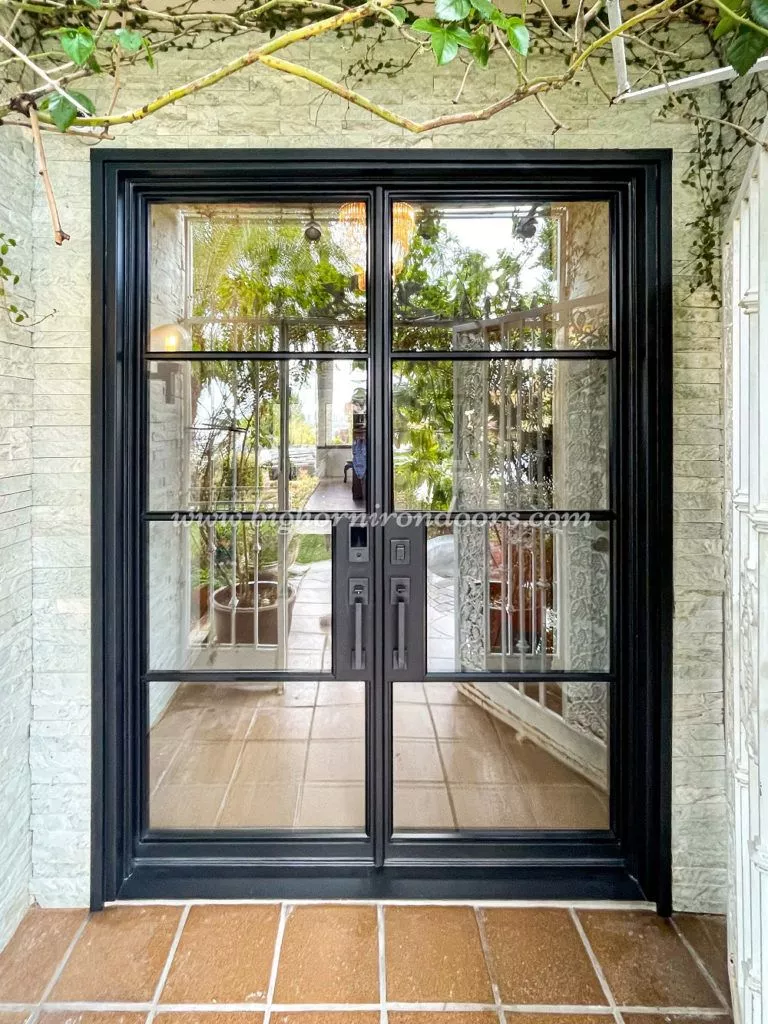
Getting glass for your building means glass for the windows and interior walls, but it also includes the glass in your door. Thankfully, wrought iron and steel doors are capable of holding any glass you want to implement in your building. When you’re picking out the glass for your building, you can feel free to use that same glass for whatever door you use.
At Bighorn Iron Doors, we create customizable wrought iron and steel doors. Whatever glass you choose, we can put that on your door for you! Contact us at (833) 811-7199 or by filling out our online form to learn more about our company and our featured products.


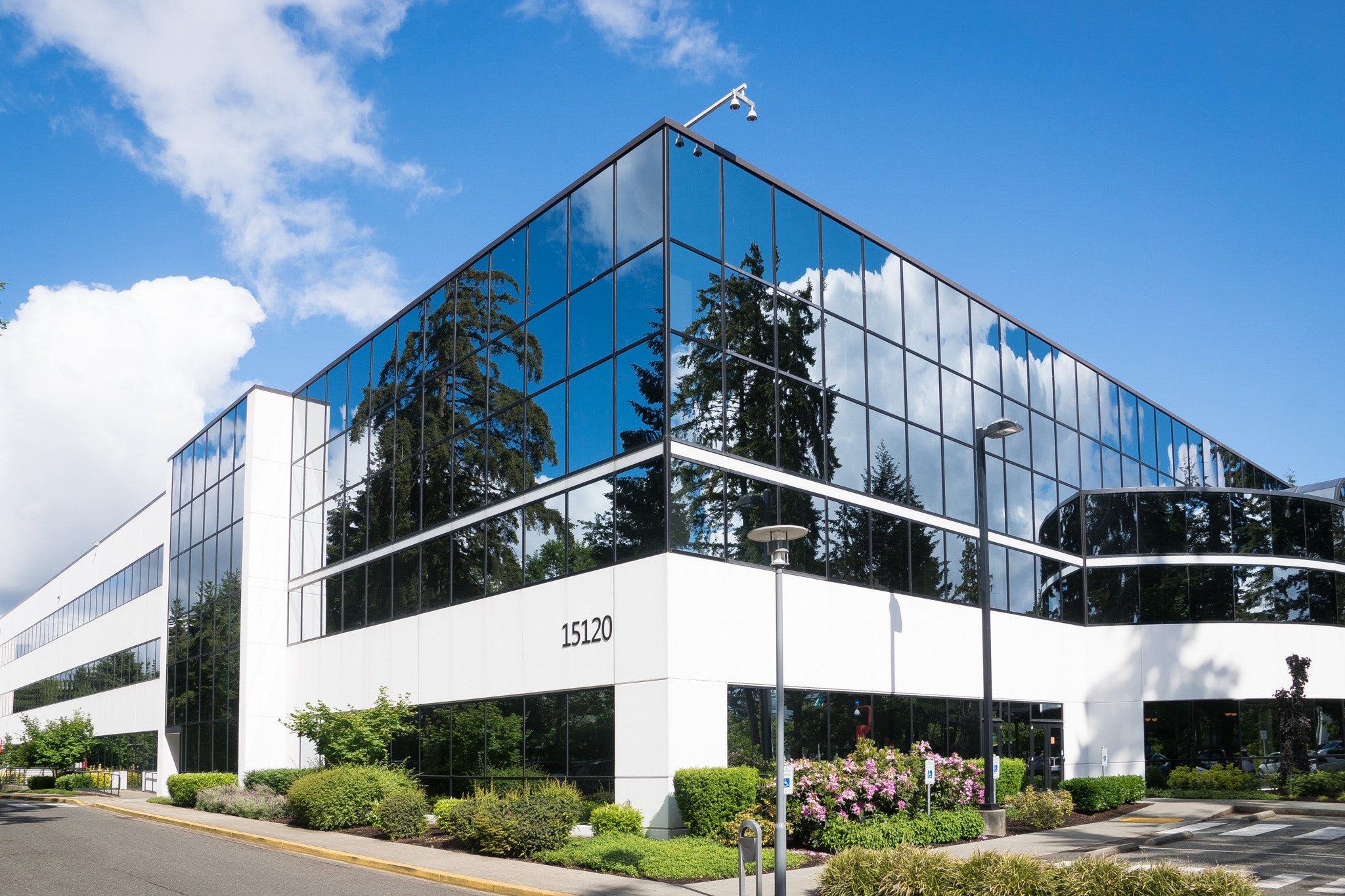
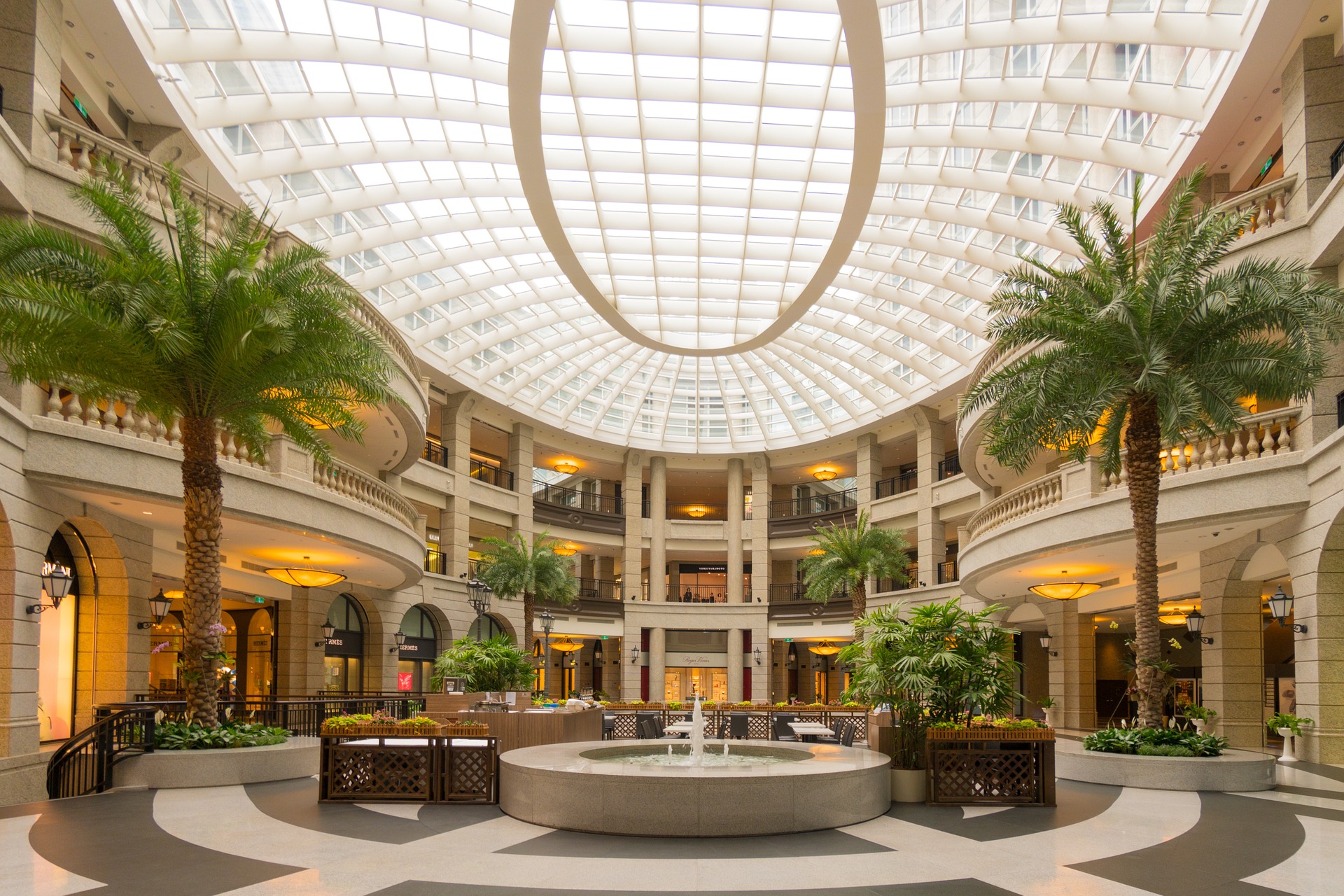



It caught my attention when you said that high-performance glass doors could allow building owners to save money because of the energy efficiency that they offer. Many business and building owners must consider this, especially if their place appears to have areas where both warm and cold air easily escape. I could imagine how glass doors and windows could be best installed by a professional commercial glass company.